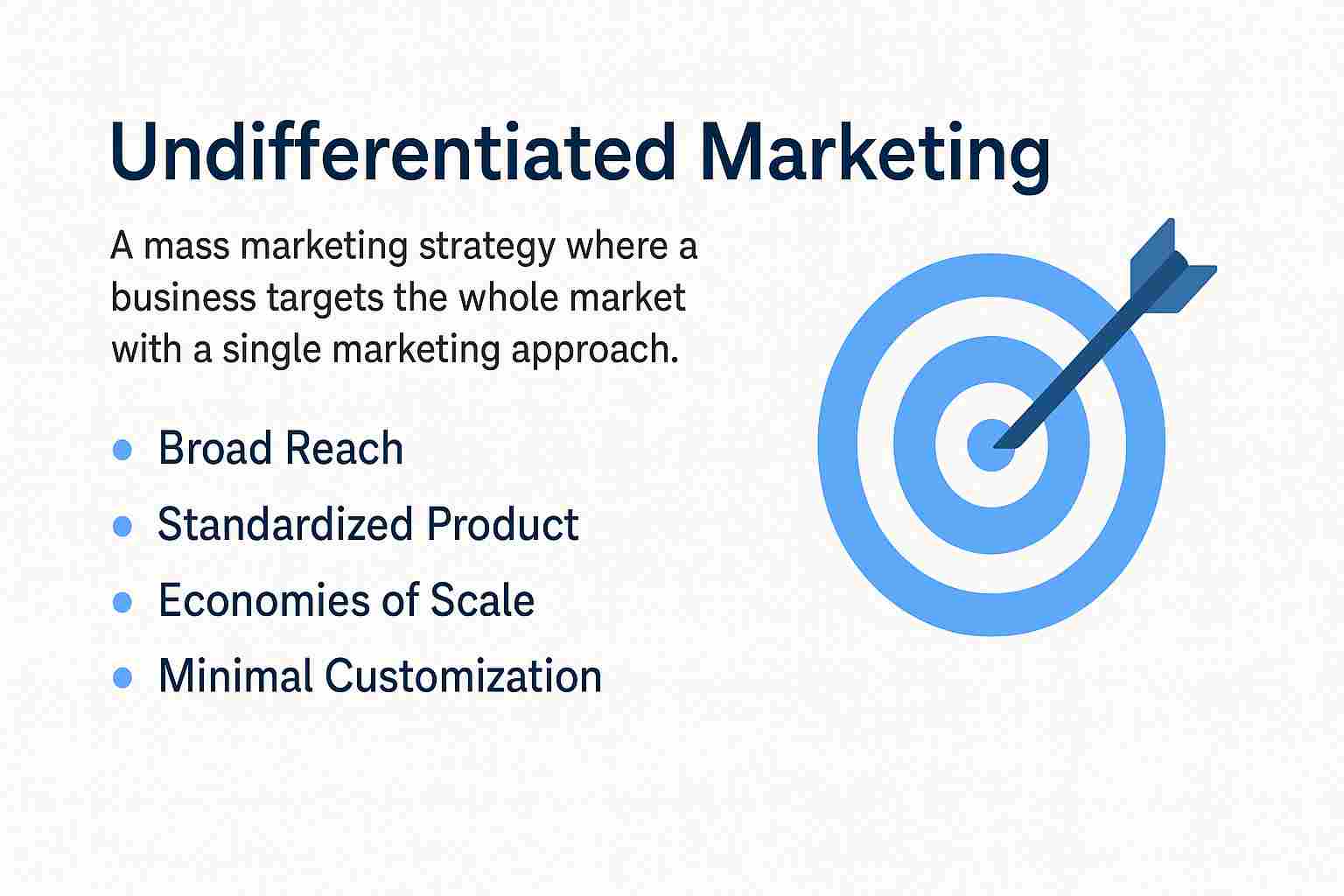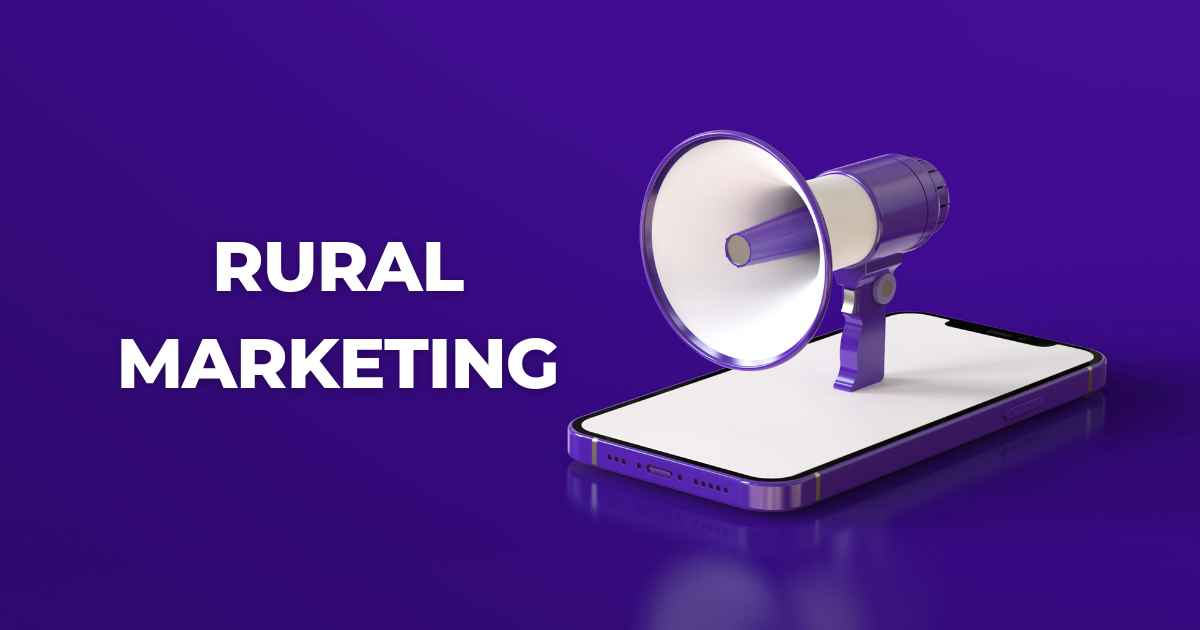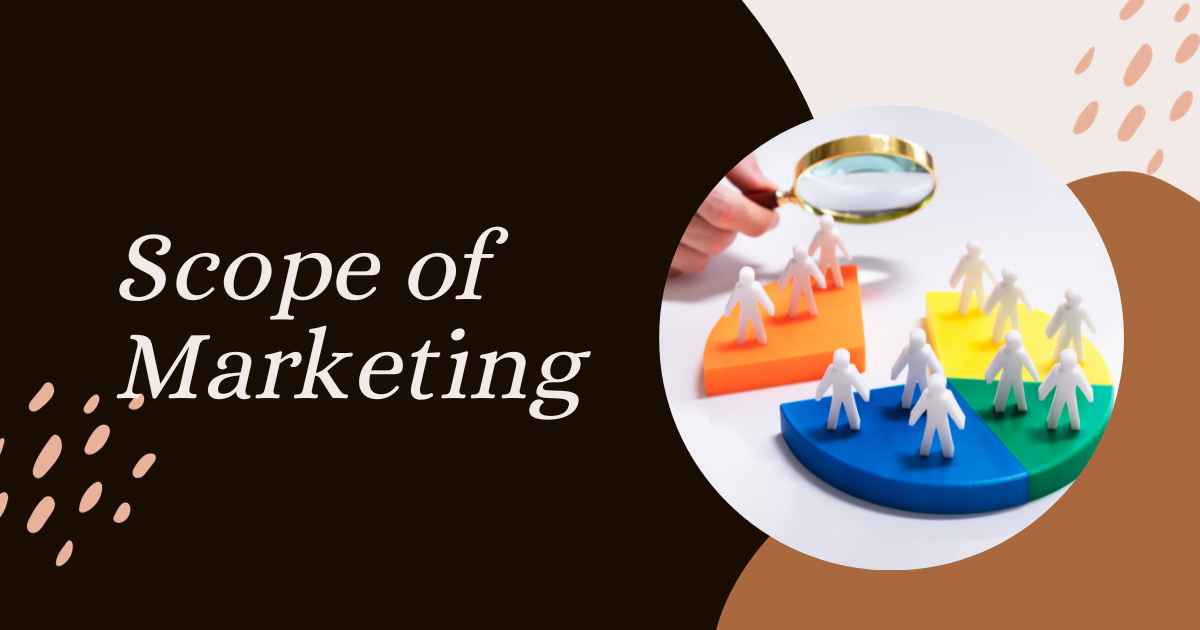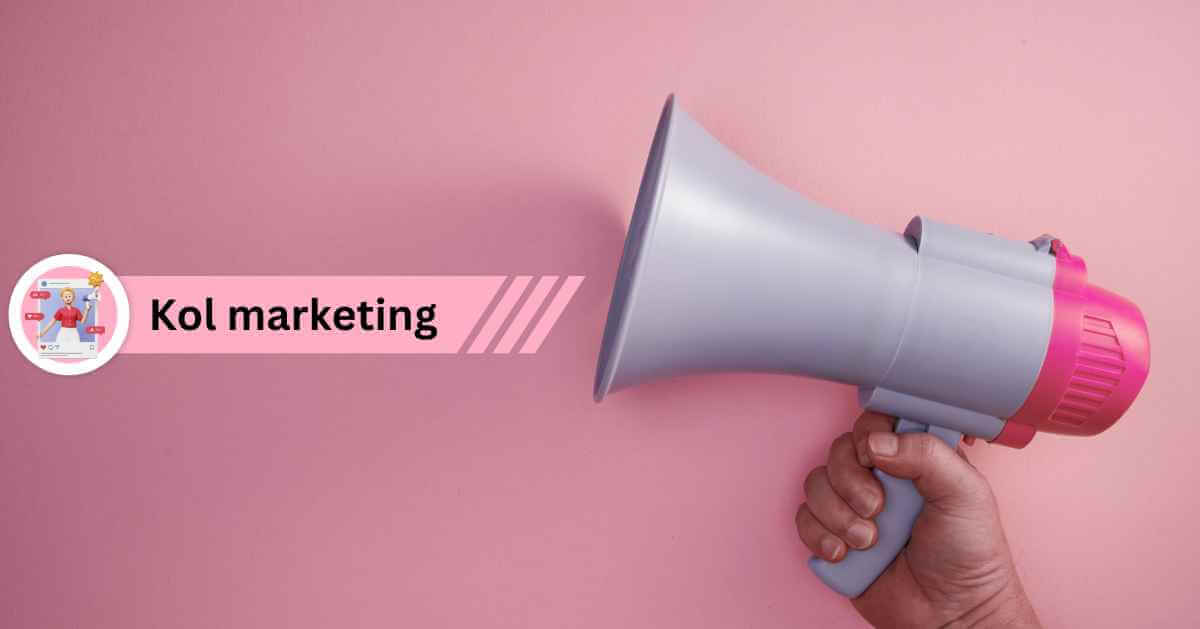Service marketing has emerged as one of the most important facets of modern business strategy. With the rise of the digital economy, businesses offering intangible products must work harder than ever to convey value, build trust, and ensure long-term client relationships. This comprehensive guide explores what service marketing is, how it differs from traditional marketing, and actionable strategies for succeeding in 2025.
What is Service Marketing?
Service marketing is the strategic process of promoting and selling services—intangible offerings that provide value without delivering a physical product. Unlike product marketing, which emphasizes tangible features, service marketing focuses on relationship-building, customer satisfaction, and trust.
Common Examples of Services:
- Financial consulting
- Online education platforms
- IT support
- Health and wellness coaching
- SaaS (Software as a Service)
- Legal and accounting services
The main characteristics of services include:
- Intangibility: Services can’t be touched or seen before consumption.
- Inseparability: The production and consumption of services often occur simultaneously.
- Perishability: Services cannot be stored or inventoried.
- Variability: The quality of service may vary depending on who delivers it and when.
Why Service Marketing Requires a Unique Approach
Marketing a service is inherently more complex than marketing a product. Customers often make decisions based on trust, perceived competence, and brand reputation. This is why service marketing places a heavy emphasis on content, storytelling, branding, and customer experience.
To stand out in a crowded market, it’s essential to:
- Share real-world success stories and case studies.
- Demonstrate specialized knowledge through useful content.
- Highlight awards, certifications, and press mentions.
- Provide transparent policies and verified reviews.
The 7 Ps of Service Marketing
1. Product
In services, the product is intangible. Define what you offer, the value it provides, and how it’s differentiated from competitors.
2. Price
Pricing must reflect perceived value, competition, and customer expectations. Use strategies like tiered pricing, subscription models, or freemium offers.
3. Place
This refers to how and where the service is delivered. In 2025, this includes:
- Online platforms (Zoom, Teams, SaaS apps)
- In-person (clinics, offices)
- Hybrid models
4. Promotion
Promotion involves communicating your service’s value. Use content marketing, SEO, email marketing, webinars, PPC, and social media.
5. People
People are a core part of service delivery. Highlight your team’s expertise, culture, and customer support quality.
6. Process
Document and share your service delivery process to reduce uncertainty. A clear process enhances confidence and client onboarding.
7. Physical Evidence
Even though services are intangible, physical cues help reassure customers. These include your website, business cards, contracts, brochures, and office space.
Service Marketing Strategies for 2025
1. Content Marketing
Use content to educate and build trust. Blog posts, ebooks, podcasts, and videos work well.
- Case studies and testimonials
- Step-by-step tutorials
- Behind-the-scenes videos
2. SEO and Blogging
Blogging is critical for long-term visibility.
- Target service-related keywords
- Use internal linking to related service pages
- Optimize for featured snippets and local SEO
check out : Maximizing Efficiency: The Top Features of Enterprise SEO Agency Software
3. Social Proof and Testimonials
Show real client results. Include:
- Written and video testimonials
- Review site badges (Google, Trustpilot)
- Before-and-after examples
4. Personal Branding: The personal brand of the founder or key team members is essential. Use platforms like LinkedIn, Medium, and Twitter to build authority.
5. Service Guarantees: Offering satisfaction guarantees or free trials can reduce friction and increase conversions.
6. Email Marketing: Automate onboarding and nurture leads through email sequences. Share helpful tips, updates, and offers.
7. Referral Programs: Encourage happy clients to refer others. Offer discounts or bonuses for referrals.
Tools to Boost Service Marketing
| Tool | Purpose |
|---|---|
| WordPress | Website and content platform |
| ConvertKit | Email automation and lead capture |
| Calendly | Scheduling and consultations |
| Canva | Graphic design and visuals |
| Notion / Trello | Service process and task management |
| Google Reviews | Social proof and trust |
Final Thoughts
In 2025, service marketing is all about building long-term relationships, delivering consistent value, and earning trust. Use the strategies above to build brand authority, connect with your audience, and convert leads into loyal clients.
Whether you’re a freelancer, agency, or SaaS company, understanding and applying these principles will give your service-based business a competitive edge.
FAQ’s
Services are intangible, which means buyers rely more on trust, reputation, and social proof to make decisions.
Yes. With a strong content strategy, social proof, and customer experience, even solo entrepreneurs can thrive.
SEO helps drive targeted traffic to your site. It’s essential for visibility, especially for local and niche services.
Track:
Lead conversions
Customer satisfaction (NPS)
Repeat clients
Online reviews

MoneyMantra, is a passionate content creator with over 5 years of experience in writing about the intersection of technology, business, finance, education, and more. With a deep understanding of how these fields empower both individuals and businesses





